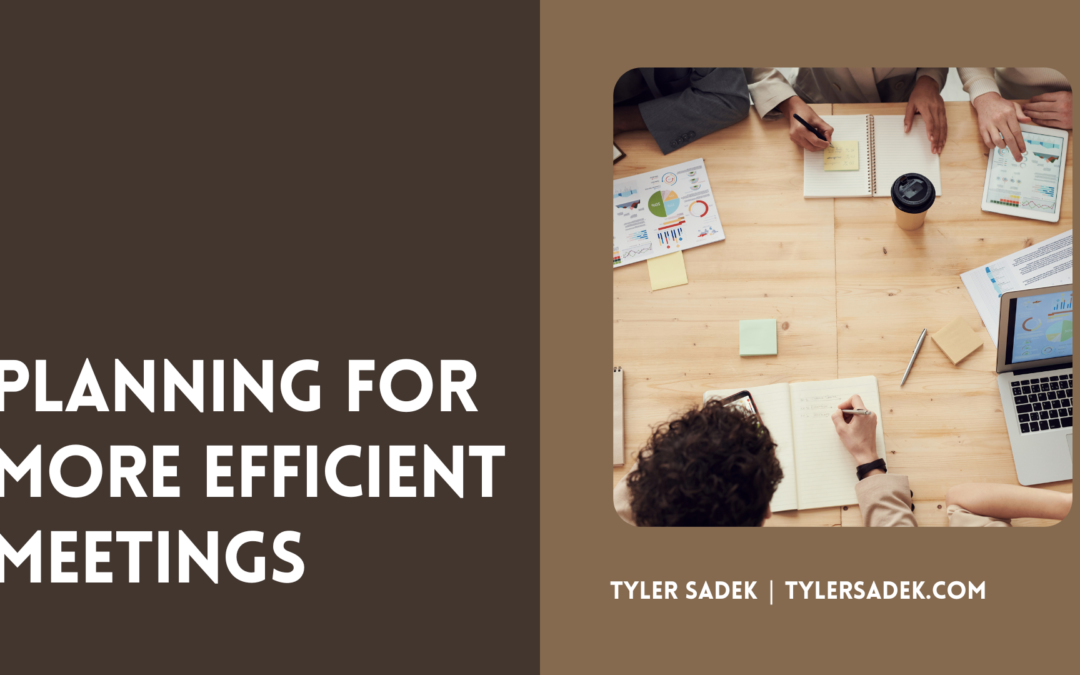Getting in back-to-back meetings can be very discouraging for most people. It can also take a lot of time away from other important work. However, meetings can be very productive and efficient if they are planned right. Here are a few simple steps that will help you plan effective meetings.
Send Out Invites Accordingly
Have you ever been invited to a meeting only to realize that you didn’t need to be there? Doing so wastes people’s time and doesn’t produce an effective meeting. For instance, if someone from accounting is needed to attend the meeting to answer questions about the budget, then invite them to the event.
If a supervisor or colleague needs to be informed about the details of the meeting, then don’t invite them to the event. Instead, prepare a summary of the discussion and send it to them afterward. This will allow them to appreciate the time-saving activity and ensure they are fully informed of the discussion.
Don’t Forget Reminders
Life is busy, and calendars often become full of events. To avoid getting caught off-guard, send out a follow-up reminder two days before the meeting. This will allow people to confirm that they still want to attend and allow you to reschedule if they change their plans.
Always Have an Agenda
Before you start planning a meeting, it’s important that you first determine the purpose of the meeting. This will allow you to set the tone for the discussion and ensure that everyone is on the same page. Before the meeting begins, create an agenda that includes a short list of topics to be discussed. Don’t create an overly detailed one-sided agenda that doesn’t allow for effective discussion.
Stick to the Topic
Agendas alone won’t get you organized efficiently. Make sure that the discussion is focused on the main topic and avoid allowing it to wander off on its own. Also, avoid bringing up topics that are unrelated to the main topic. No one likes to see a runaway meeting where the discussion takes a backseat to other matters.
Don’t Change Topics
Agendas alone won’t get you organized efficiently. Stick to it and ensure the discussion focuses on the main topic. Also, avoid bringing up topics that are unrelated to the main topic. If you’re planning on having an off-topic discussion, ensure that it’s addressed privately or in another meeting.
Try a New Approach
If the meeting’s approach isn’t working, then try a new strategy. For instance, if the brainstorming session is getting too quiet, try to change the direction of the discussion. Also, be flexible and pay attention to the meeting’s progress.
Wrap it up With a Summary
After the meeting, send out a summary of the discussion to everyone who was in attendance. It’s also a good idea to follow up with an email to those who were unable to attend. This will allow you to confirm that they are still interested in the meeting. Include any action items that were discussed and the due date.

